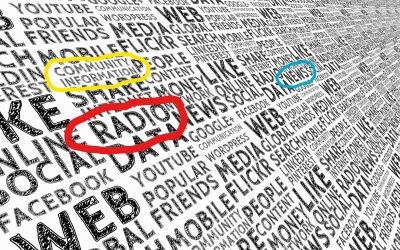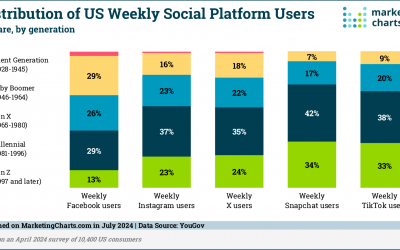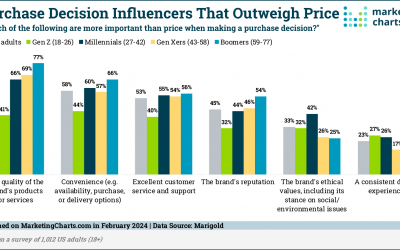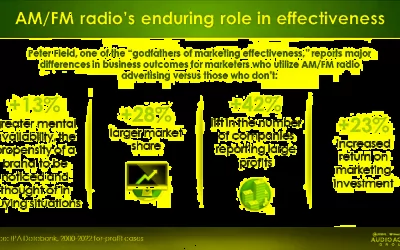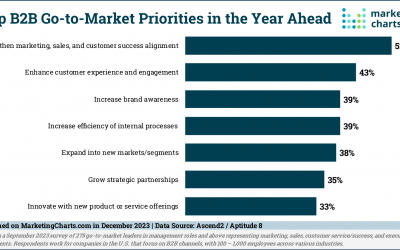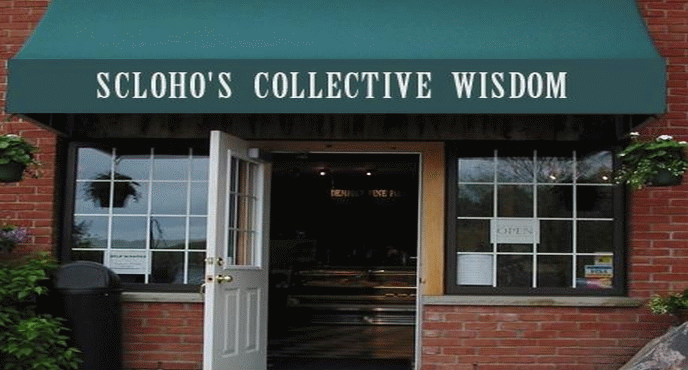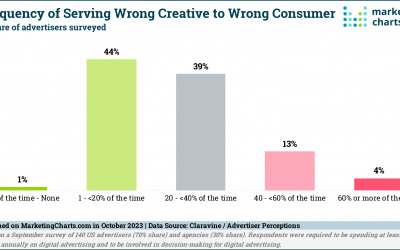Today's article is going to break my usual self-imposed 10 minute rule. Nearly every article on my website and podcast episodes are under 10 minutes in length. This one is longer because I want you to get all the information and understand why it's valid. We'll...
ScLoHo’s Collective Wisdom
Generational Changes and Media Use
Frequently I've pushed back against generational stereotypes with the simple premise that activities and behaviors that are being assigned and labeled according to what generation a person is, are really due to lifestyle and life-stage. And while many of that is still...
What Not to Expect from your Advertising
There are a lot of misconceptions about advertising that I find myself addressing repeatedly especially with new business people who ae taking their first steps into an advertising investment. Last month I read a column in Radio Ink by Pat Bryson that I'm going to use...
Older and Wiser
Facts are facts, right? Yes and no. When you look at numbers or other facts, it's often not enough to just look at the raw data. We can learn so much more by digging deeper and being curious. Curiosity is a term that came up in a recent conversation with a friend...
The State of Radio and WOWO in 2024
Is Radio still a viable advertising media in 2024? The TL;DR answer is yes. Last week I shared the story of the demise of our local newspapers over the past 20 years and my insider numbers. Today, I'll review the local radio scene and include some numbers from a...
Getting Your Business Priorities Aligned
What kind of disconnect in your business model do you need to fix this year? 4 years ago with the Covid-19 Pandemic shutdowns, there was a whole heck of a lot of disruptions as we were exploring the great unknown about a virus that we were told could wipe out a...
On The Road Again
'Commutes Are Back' As Time Spent With AM/FM In Cars Hits Eight-Year High. That was the headline of an InsideRadio.com story last month and that's great news for those of us in the radio broadcasting industry. It's also fantastic news for businesses that want to reach...
Digital Discrepancies
I was born in the 1900's. I heard that line last month when comedian Nate Bargatze was hosting Saturday Night Live. Of course I didn't watch it live on Saturday night, I saw it a few days later because we have YouTubeTV as our streaming service and my wife was...
Is It A Thing or Is It A Fad?
Let's jump into this topic headfirst with the reason I'm talking about this subject right now. Around July 5th, a new social media app, Threads was launched and it's been all over the news because... well.. the news media thinks it's newsworthy. Threads is connected...

